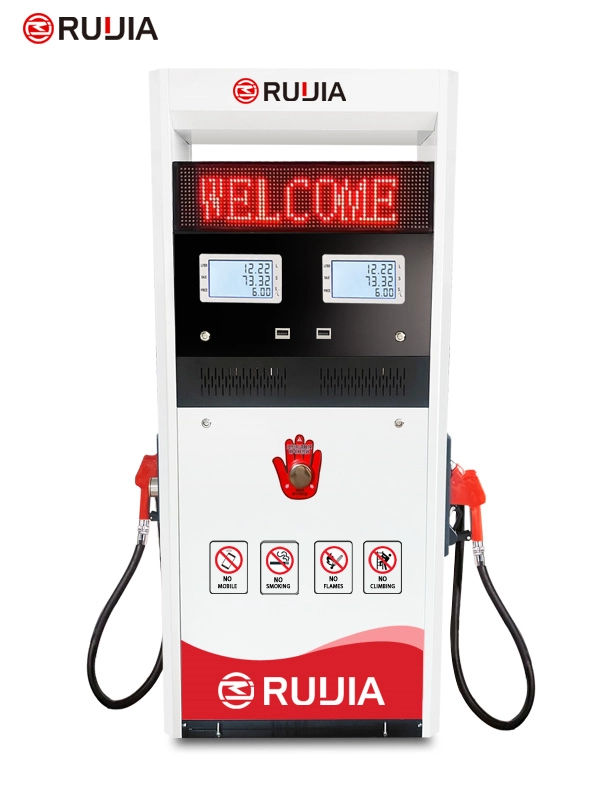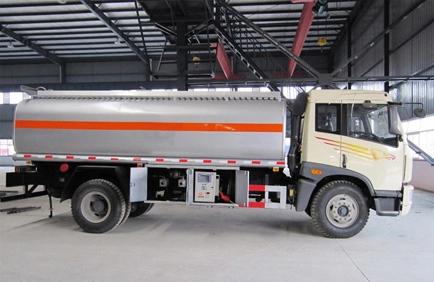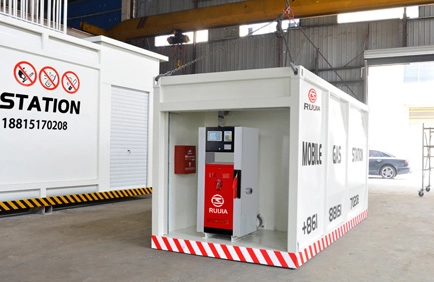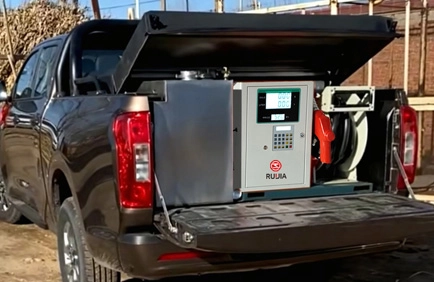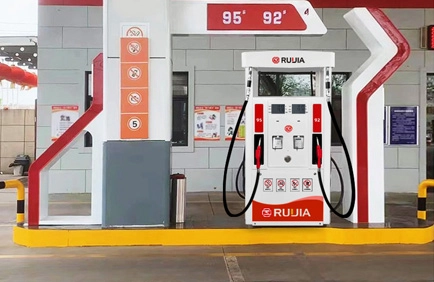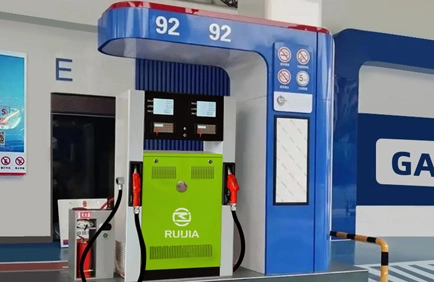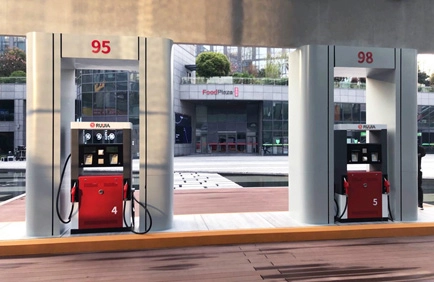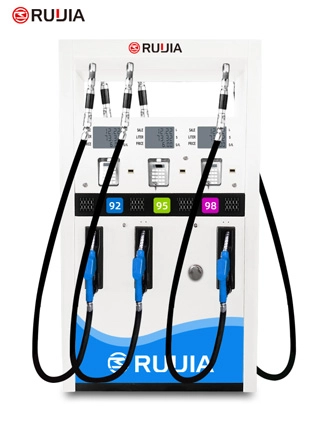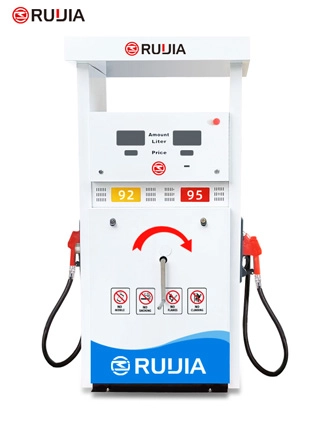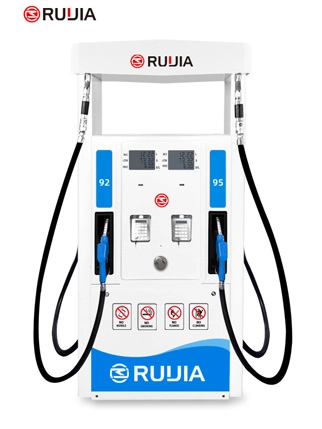Fuel Dispensing Machine
Product Parameter
- Product Name
- RJ1902 Fuel Dispenser
- Brand Name
- Ruijia
- Product Size
- 1130X570X1900 mm
- Nozzle
- 2 Nozzles
- Flow Meter
- 4- piston Flow Meter
- Pump
- Vane Pump, Gear Pump
- Lcd Display
- 664, 886
- Temperature
- -25°C~ +55°C
- Pressure
- 0.3MPa
- Accuracy
- ±0.3%
- IC Card
- Supports
- Flow Rate
- 5~60L/min or 5~100L/min
- Voltage
- AC 110V/220V/380V(50/60Hz)
- Suction Distance
- 6m(vertical), 50m(horizontal)
- Power
- 750W or 1100W
- Medium
- Gasoline, Diesel, Kerosene
Product Configuration
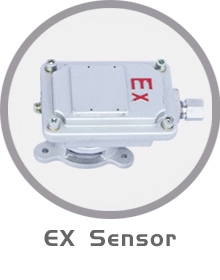

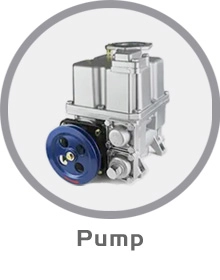
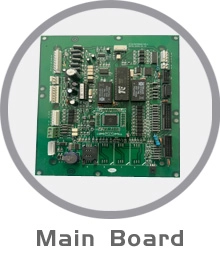
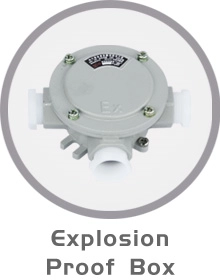
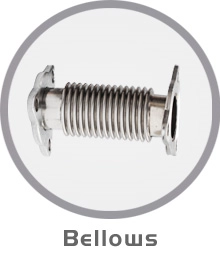
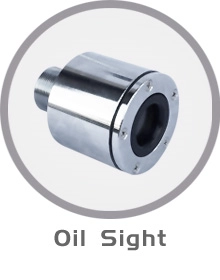

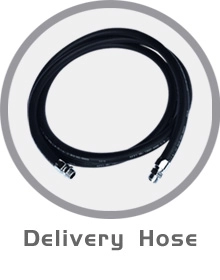
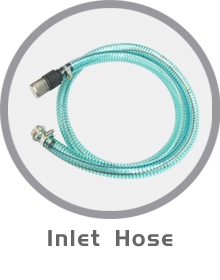
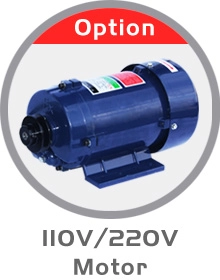
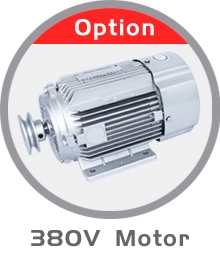
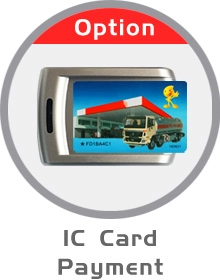
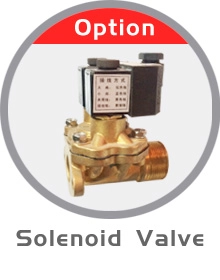
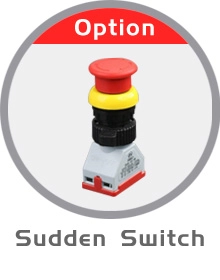
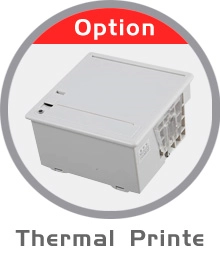
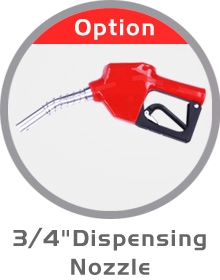
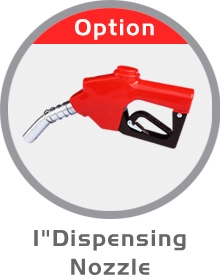
Our Certification

What is a Fuel Dispensing Machine?
A fuel dispensing machine is a critical piece of equipment found at gas stations, truck stops, and other fueling facilities. It is designed to deliver liquid fuel—such as gasoline, diesel, or ethanol—from underground storage tanks to vehicles, ensuring accurate measurement, safe handling, and efficient operation. These machines are essential to modern transportation, enabling millions of people to refuel their cars, trucks, and motorcycles daily. Beyond their basic function, fuel dispensing machines incorporate advanced technology to enhance performance, reduce environmental impact, and improve user experience. This article explores the definition, components, functionality, and significance of fuel dispensing machines in today’s world.
Definition and Purpose
A fuel dispensing machine, often referred to as a fuel pump or gas pump, is a mechanical and electronic system that transfers fuel from storage tanks to vehicles. Its primary purpose is to provide a controlled and measured flow of fuel while ensuring safety and compliance with regulatory standards. These machines are engineered to handle various fuel types, including regular gasoline, premium gasoline, diesel, and alternative fuels like biodiesel or compressed natural gas (CNG).
The design of a fuel dispensing machine prioritizes precision, reliability, and user convenience. Modern units are equipped with digital displays, payment systems, and safety features to prevent spills, leaks, and overfilling. They also play a role in reducing environmental harm by minimizing fuel vapor emissions and ensuring accurate fuel measurement.
How Fuel Dispensing Machines Work
Fuel dispensing machines operate through a combination of mechanical and electronic systems. Here’s a step-by-step breakdown of their functionality:
Fuel Supply System:
Fuel is stored in underground tanks at gas stations, connected to the dispensing machine via a network of pipes. A submersible pump or tank pump located in the storage tank pushes fuel through these pipes to the dispenser. This ensures a continuous and pressurized flow of fuel.Pump Mechanism:
At the dispenser, the fuel enters a pump unit that uses either positive displacement or centrifugal force to move the liquid.- Positive Displacement Pumps: These pumps use rotating gears, pistons, or diaphragms to create a fixed volume of fuel movement. They are commonly used for diesel and other heavy fuels due to their ability to handle viscous liquids.
- Centrifugal Pumps: These pumps use a spinning impeller to generate centrifugal force, which propels fuel through the system. They are often used for gasoline due to their high flow rates and efficiency.
Flow Meter:
A flow meter measures the volume of fuel being dispensed. This device ensures accuracy, allowing the pump to calculate the price based on the amount of fuel delivered. Modern flow meters use electronic sensors to provide precise readings, reducing errors and fraud.Nozzle and Shut-Off Valve:
The nozzle is the part of the pump that connects to the vehicle’s fuel tank. It contains a suction valve that stops the flow of fuel when the tank is full. This mechanism prevents overfilling and minimizes spills. The nozzle also includes a vapor recovery system to capture fuel vapors, reducing air pollution.Control System:
Electronic control systems manage the pump’s operation, including fuel type selection, payment processing, and safety checks. These systems are integrated with the gas station’s point-of-sale (POS) system, allowing for seamless transactions.
Key Components of a Fuel Dispensing Machine
To function effectively, a fuel dispensing machine relies on several critical components:
Pump Housing:
The outer casing that protects the internal mechanisms from environmental factors such as moisture, dust, and temperature fluctuations.Filters:
Filters remove impurities like dirt, water, and sediment from the fuel before it reaches the vehicle. This ensures the fuel is clean and prevents damage to the engine.Pressure Regulators:
These devices maintain consistent fuel pressure, ensuring smooth and uninterrupted flow.Vapor Recovery System:
A key safety and environmental feature, this system captures fuel vapors during the dispensing process, preventing them from escaping into the atmosphere.Display Panel:
The display shows the fuel price, volume, and total cost, allowing drivers to monitor their purchases in real time.Payment Terminal:
Modern pumps are equipped with card readers, mobile payment options, and digital displays to facilitate quick and secure transactions.
Types of Fuel Dispensing Machines
Fuel dispensing machines come in various designs to meet different needs:
Single-Outlet Pumps:
These pumps have one nozzle and are typically used for smaller gas stations or specific fuel types.Multi-Outlet Pumps:
Common at larger stations, these pumps have multiple nozzles, allowing drivers to refuel multiple vehicles simultaneously.Dual-Fuel Pumps:
Designed to dispense two types of fuel (e.g., gasoline and diesel) from a single unit, these pumps are popular in areas where space is limited.Automated Pumps:
These pumps feature touchscreens and self-service capabilities, reducing the need for attendants. They often include advanced safety features like automatic shut-off and leak detection.High-Volume Pumps:
Used in commercial and industrial settings, these pumps are built to handle large fuel volumes and operate continuously.
Applications and Importance
Fuel dispensing machines are integral to the global economy, enabling the efficient distribution of fuel to millions of vehicles daily. They support transportation, logistics, and tourism, while also contributing to energy security. Additionally, their role in reducing fuel waste and pollution highlights their importance in sustainable development.
In commercial and industrial settings, these machines are used to refuel fleets of vehicles, construction equipment, and agricultural machinery. They also play a role in emergency response, ensuring that fire trucks, ambulances, and other critical services have access to fuel.
Technological Advancements
Over the years, fuel dispensing machines have evolved significantly. Early models required attendants to manually measure and pour fuel, but modern systems are fully automated. Innovations such as smart meters, AI-driven diagnostics, and IoT integration have improved accuracy, reduced maintenance costs, and enhanced user experience.
Recent advancements also include electric vehicle (EV) charging compatibility, with some fuel dispensing machines now offering dual functionality for both traditional vehicles and EVs. This trend reflects the growing demand for renewable energy solutions and the need to adapt to changing consumer preferences.
Environmental Considerations
Modern fuel dispensing machines are designed with environmental sustainability in mind. Features like vapor recovery systems, low-emission nozzles, and fuel leak detection help minimize the ecological footprint of fueling operations. Additionally, some machines are equipped with carbon capture technology to further reduce greenhouse gas emissions.
Regulatory bodies worldwide have also imposed stricter standards on fuel dispensing equipment to ensure compliance with environmental and safety protocols. These measures not only protect public health but also promote responsible energy consumption.
Conclusion
A fuel dispensing machine is far more than a simple device for refueling vehicles. It is a sophisticated system that combines mechanical engineering, electronics, and environmental stewardship to deliver fuel efficiently and safely. From its basic components to its advanced features, every aspect of the machine is designed to meet the demands of modern transportation. As technology continues to evolve, fuel dispensing machines will likely become even smarter, safer, and more eco-friendly, ensuring their relevance in a rapidly changing energy landscape. Whether you’re a driver, a mechanic, or a curious observer, understanding how these machines work offers a fascinating glimpse into the technology that keeps our world moving.
